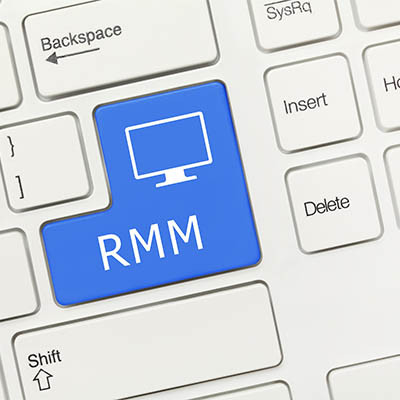Walsh IT Group Blog
The modern business is heavily reliant on technology, perhaps more so today than ever before. In the wake of a pandemic that forced millions of employees to adapt to remote work, the need for technology and support has never been greater. Even as we transition back into business, as usual, it’s safe to say that remote technology is not going anywhere. Today, we would like to discuss how our organization was (and still is) helping businesses just like yours maintain operations through comprehensive IT support, even during the most difficult circumstances imaginable.
While it may not seem so at first glance, the concept of “productivity” has evolved significantly in the last few centuries—the amount of time it has been seen as a priority. Beginning once technology enabled the focus of life to be less day-to-day survival and more centered around industry and scale, the first whispers of our modern view of productivity started in the late 1700s. Let’s briefly examine how our view of productivity developed, and how many are looking at it today.
We’re not telling you anything you don’t know when we say that productivity is important for every business. When the COVID-19 pandemic struck in early 2020, there was widespread fear that productivity would drop to levels that would ruin the economy. Today, we’ll talk about the change in strategy that kept that from happening, by looking at the past year’s numbers.
Windows 7 was once the best operating system ever made by leaps and bounds. Now, it’s unsupported and shouldn’t be found on any Internet-connected device. Unfortunately, this isn’t the truth as millions of people are still using Windows 7 for their businesses. Today, we will take a look at why Windows 7 is dangerous and what options businesses have to upgrade away from the unsupported OS.
More than ever, data fuels business decision making. To get the best use out of the data your business collects, automated tools can be used. This eliminates the (often impossible) task of manually getting the data together and then analyzing it. Today, we’ll talk about data automation and how rethinking how you look at your data can really help your business improve its operations.
You can make more money, but you can’t make more time. Making the most of your time at work isn’t always easy. There are all types of unexpected distractions that take up a lot of time, so you should know what works to help you get the most out of the time you do have. Today, we present three considerations that will help you manage your time better.
With recent and ongoing world events being what they are with COVID-19 in play, many companies have been forced to find the benefits of remote operations as much as they can. While proper technology is crucial to do this effectively, it is equally important that your team keep some other important considerations in mind… not so much what they’re working on, but how they’re doing so.
We’ll explain.
Many businesses will be looking to cut costs as the COVID-19 crisis heads into its second full month in the east. One way that businesses can cut a few dollars off the budget is to finally phase out their wasteful printing practices and adopt a more streamlined paperless strategy. Today, we will go over some tips to help you start moving away from the cost and headache of the printer.
When it comes to business efficiency, setting up a fixed process can have significant benefits, which helps explain why many tend to naturally fall into a routine in the workplace. This applies doubly so when working from home too. Let’s go over why routines can be so helpful, and how to consciously build a beneficial one.
Environmentally-friendly business practices are a fundamentally good thing for a business to implement. Not only is it better for planet Earth for businesses to adopt green practices, doing so might even save your business a little green in the long term. We’ve put together a few ways that you could start:
Finding ways to maximize productivity is typically high on a business owner’s to-do list. The problem is that often managers can’t find a way to effectively motivate their people into doing more. One proven way to get more out of your staff is to gamify their tasks. Let’s take a look at the practice.
With the sheer number of processes needed to keep a business of any size running smoothly, it is no wonder that automation is as popular as it is. Fortunately, automation doesn’t have to be difficult to implement. Let’s go over a few simple ways that you can use it to your advantage, and a few reasons why you might want to do so.
There are certain technologies that - despite some issues that should be seriously considered - are inarguably useful to a business and its operations. One such technology is the notorious IoT, or Internet of Things. With the right preparation, the IoT can provide your business with a few advantages and benefits. Let’s review some of them.
When it comes to operating a business, there are really only two ways that one can do so… either one acts proactively with their business matters, or they tend to be reactive in their approach. Naturally, one method has shown to be far more effective than the other. Today, we’ll explore the features of each to figure out which will work best for you (spoiler alert: it’s going to be the proactive approach).
For every business, revenue generation is the name of the game. The more money your company brings in, the more it can spend, the more effective it can be. The problem many small businesses have is that they have a good business model, but they don’t produce enough fast enough to see solid revenue growth. Today, we will provide a few easy tips on how to build operational efficiency, and thus, generate more revenue.




















